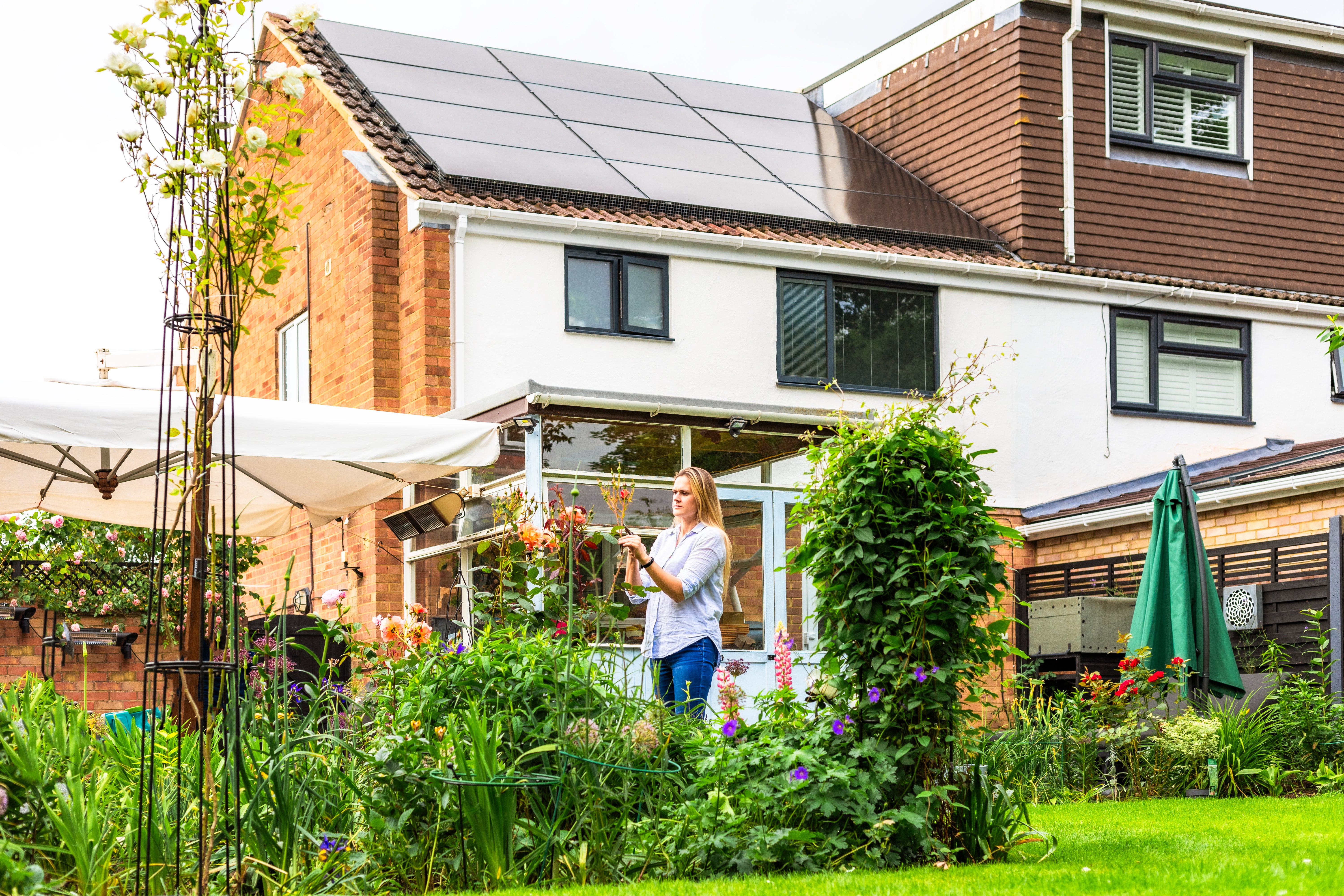
Looking for a solar panel that delivers exceptional performance and durability? In this REA Fusion R review, we take a closer look at one of the most impressive high-efficiency panels on the market. Designed and engineered in Australia, the REA Fusion R solar panel stands out in a crowded field dominated by larger global players.
If you’re thinking about installing solar panels to cut your energy bills and carbon footprint, our REA Fusion R review — alongside our guides to the best solar panels and the best solar panel installers — will help you make an informed decision.
So, are solar panels worth it in 2025? With falling prices and rising energy bills, many homeowners would say yes, especially if you invest in long-lasting, efficient tech like the REA Fusion R.
Why choose the REA Fusion R Solar Panel?

The REA Fusion R solar panel is our top pick for long-term efficiency and reliability. It’s ideal for homes with limited roof space or for buyers seeking peace of mind from a panel that won’t quickly degrade.
REA Power is a smaller company, based in Australia, making it unusual in a field dominated by Chinese brands.
One of its key innovations is the use of microinverters on each panel, rather than a single central inverter. Microinverters convert DC to AC electricity right on the panel and allow each panel to operate independently, improving performance in partial shade and on overcast days, which is a major advantage for the UK weather.
Because each panel has its own inverter, a fault with one won’t affect the rest of the system. REA says its inverters also benefit from the same 25-year guarantee as the panels themselves.
Another highlight is its bifacial design. The REA Fusion R can absorb light on both sides, meaning it can capture light reflected from your roof’s surface, potentially generating up to 20% more energy than standard panels.
Here are some of the more technical details:
The company also sponsors various environmental initiatives, including a solar recycling scheme, which aims to fix old panels and keep them working rather than being sent to landfill.
If you are having solar panels fitted, they are probably going on your roof, so you will need scaffolding and specialists to come along to put them there. Therefore, you may want the best in an effort to avoid having to foot repair bills or replacement costs. You may also want the maximum power available for a smaller roof.
Engineered in Australia, the manufacturers say these cells are built to last and they top our chart for efficiency and degradation.
They also have a minimalist all-black design, which is useful if you want to keep your solar installation low-profile.
The company’s guarantee is backed by Munich RE, one of the world’s biggest insurance firms.
REA says its cells also have separate zones, which means that less power is lost should part of the array end up in the shade from trees, clouds or other buildings. And they make use of lower AC voltage for safety reasons.
The panels measure 1.72m by 1.13m and are 3cm thick and weigh 24kg each.
Pros:
Cons:
REA Fusion panels combine advanced N-Type and HJT cell technologies, offering the best of both worlds: N-Type cells minimise long-term efficiency degradation, while HJT (Heterojunction Technology) enhances performance in low-light conditions. This powerful combination makes the Fusion 2 the go-to choice for the UK market – delivering maximum generation, even in our famously gloomy climate
How we compiled our guide
To compile our list, we spoke to experts on the ground and have broken down the top-performing brands based on real-world value, not just technical specs.
We’ve prioritised long-term performance, value for money, and the reputation of the best solar panel installers in the UK. And if you’re wondering if solar panels are worth it for your home, this guide is designed to help you make a smart, informed decision that pays off over time, whether you’re upgrading an old array or fitting solar panels for the first time.
Most panels are guaranteed for 25 years and offer similar power output, size, efficiency and looks.
So we’ve weighted our judgement towards cost and degradation, which describes how much power the cells will provide after a number of years. The higher the percentage, the better.
Much of your decision will also depend on which installer you go with, as many have preferred brands they work with due to bulk purchasing. You’ll also see a lot of unfamiliar Chinese names as you do your research, but many of these are Tier-1 manufacturers in clean energy with strong track records in quality and durability.
Why trust us
The Independent has been reporting on green energy and climate matters since it was founded in 1986. Since then, we have written hundreds of reviews and news stories on energy.
The solar panel market is highly competitive, with many unfamiliar brands offering similar specs. But choosing the right model isn’t just about the highest efficiency or longest warranty — it’s also about finding a panel that performs well in real-world conditions, such as the notoriously gloomy British weather. And when installation is often the largest part of the overall cost of solar panels, choosing quality upfront can save money long term.
Our guides dig into the detail of each product to bring you the information you need to make the right decision.
What to look for
Costs have fallen dramatically over the past two decades, especially as China has scaled up manufacturing and innovation. But fitting panels still involves scaffolding, labour, and additional equipment to connect to your home mains, so it's wise to factor in total system cost, not just the panel price when choosing the best solar panel for your home.
The boom in commercial solar farms has helped push the technology forward, and many panels now offer similar specs on paper — comparable power output, 25- to 30-year lifespans, and sleek all-black designs.







